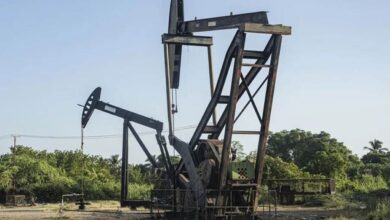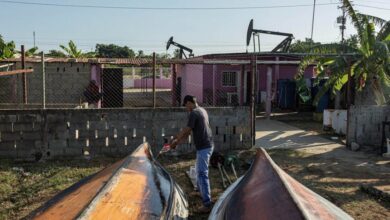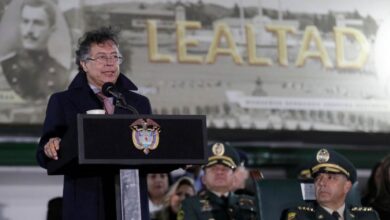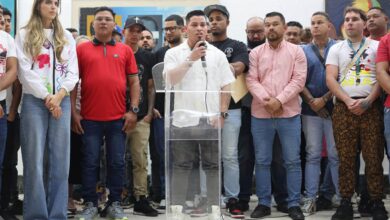A U.S. Strike Against a Venezuelan Boat at Sea and the War That Isn’t a War
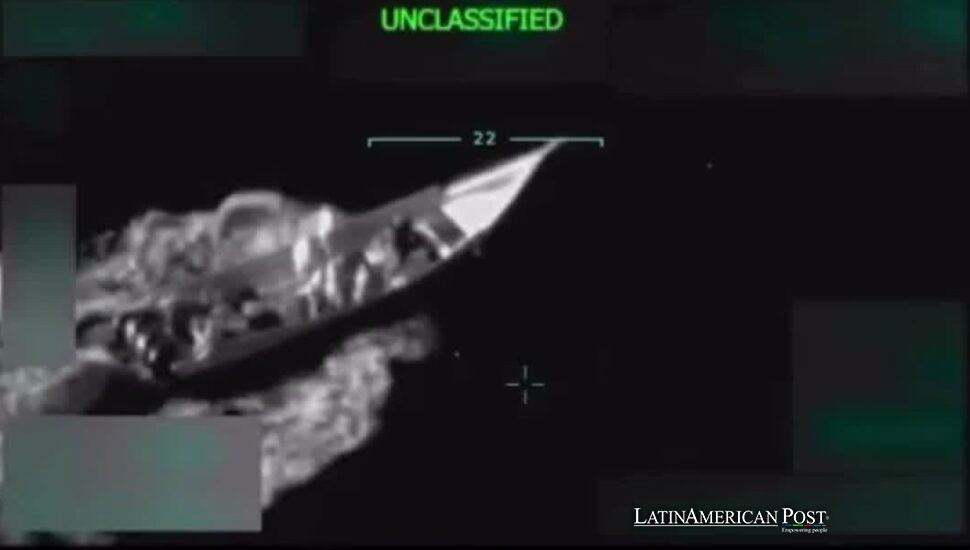
A U.S. military strike off the Venezuelan coast killed eleven alleged gang members aboard a drug boat. But behind the fireball lies a murky equation: no trial, no evidence, just a blurred line between justice and war, soldier and cop.
War on Gangs, Waged by a Navy
It began with a video—grainy footage of a speedboat slicing through rough Caribbean waters, then erupting in flames. Not long after, a triumphant message: the President had ordered a “kinetic strike” on a narco-terrorist vessel. Eleven were dead. No Americans harmed. No doubts expressed.
Except the doubts came anyway.
This wasn’t a battlefield, and it wasn’t an army. It was a single smuggling boat, reportedly linked to the Venezuelan gang Tren de Aragua. And it raised a question no one seemed eager to answer: when did fighting crime become a military affair?
For years, U.S. policy has been shifting from law enforcement to combat rhetoric in Latin America. Criminal groups are now labeled terrorists. Deportation policies grow teeth. Naval deployments grow bolder. But the targets remain the same: gangs, not governments.
A strike like this feels cinematic. But war, even war against traffickers, isn’t supposed to look like this—especially not without clarity about who was targeted, why lethal force was used, and whether it was the only option. Because once the military becomes the preferred response, the legal guardrails meant to protect both justice and civilians start to crack.
Labels, Law, and the Fog Between
Calling someone a terrorist doesn’t make them a soldier. And calling a boat full of suspects a “combatant vessel” doesn’t erase the legal implications of firing first and questioning later.
Did the administration confirm who was on board? Were there alternatives—boarding, arrest, interdiction—that were considered and rejected? Was there an imminent threat, or just a suspicion and an opportunity?
These aren’t academic questions. They go to the heart of whether a sovereign nation can use lethal force outside of active war zones without a declared conflict or judicial review. If we’re calling this “war,” what’s the battlefield? Who’s the enemy? And when does it end?
At the same time, U.S. policy towards Venezuela is sending mixed signals. While the State Department ramps up pressure on Nicolás Maduro’s regime—dangling multi-million dollar rewards for his capture—Washington continues to allow U.S. oil giant Chevron to operate in partnership with Venezuela’s state energy firm. It’s a strange two-step: escalate militarily against a country’s criminal underworld, while economically cooperating with the government presiding over it.
And at home, courts are pushing back. Just this week, an appeals court blocked the administration from invoking an obscure 18th-century law to fast-track deportations. The message was clear: extraordinary powers still need a legal footing.
The Curious Math of an 11-Person Drug Boat
Eleven dead. One boat. No photos of drugs. No coordinates. No names.
For those who know maritime interdiction, something feels off. Smuggling operations rarely cram that many people onto one “go-fast” boat. More crew members mean less space for products, more mouths to feed, and a higher risk if caught.
So what explains the headcount?
Were they all core gang members? Was this a training run, or worse—a human trafficking operation masked as narcotics transport? Were any of them minors? The government hasn’t said. There’s been no evidence beyond the word “drugs” and a single fiery clip.
And that’s the problem.
When a suspect is arrested, prosecutors build a case: contraband is logged, fingerprints lifted, phones examined. Names become nodes in a network that leads to arrests up the chain. But when suspects are killed, and their boat burned, what remains?
Not evidence. Not leverage. Just silence—and spectacle.
If the goal was to scare traffickers, maybe the message landed. But if the goal was to disrupt operations, the method backfired. Because dead men don’t flip. And burned boats don’t explain how the drugs moved, who ordered them, or where the money’s going.
Deterrence Theater, Escalation Risks
Of course, for some, that spectacle is the strategy.
“There’s more where that came from,” the President warned. The idea is simple: make the cost of smuggling high enough, and traffickers will think twice.
But deterrence doesn’t live in press releases. It lives in risk calculations. And smugglers adapt quickly. If the sea becomes lethal, they shift to land. If routes grow dangerous, they send decoys. If boats are targeted, they send migrants first—betting that U.S. forces won’t shoot.
Meanwhile, Caracas is inflamed. The Venezuelan government called the strike a regional provocation, warning of retaliation. Whether it’s bluster or brinkmanship, a single mistake—a fishing boat misread as a narco-vessel—could ignite something larger.
At home, the risks are quieter but no less real. When a government kills suspects overseas with no clear legal framework, it sets a precedent. One that future administrations might stretch further. One that chips away at the very idea of judicial oversight in matters of force.
Because once you accept the idea that certain crimes justify military strikes—even outside war, even without trial—you give up something fundamental. Not just the rule of law. But the right to ask why a boat with eleven people was turned to ash before a single fact reached daylight.
The Caribbean strike asks Americans to celebrate a moment of toughness. But what it really demands is something more complex: scrutiny.
We’re told this is justice. But there are no names, no drugs recovered, no due process—just a charred boat and a blurred boundary between police work and warfare.
Also Read: Guatemala Waits, Planes Idle, and Children Linger in a Legal and Political Crossfire
There are better tools. Intelligence-led arrests. Financial investigations. Courtrooms. Diplomacy. Even in a world full of dangerous actors, the law gives us ways to act without erasing the lines that make us different from them.
Because once those lines are gone, they don’t come back.

